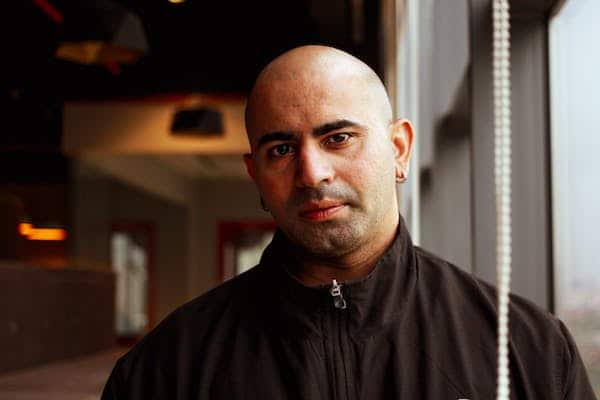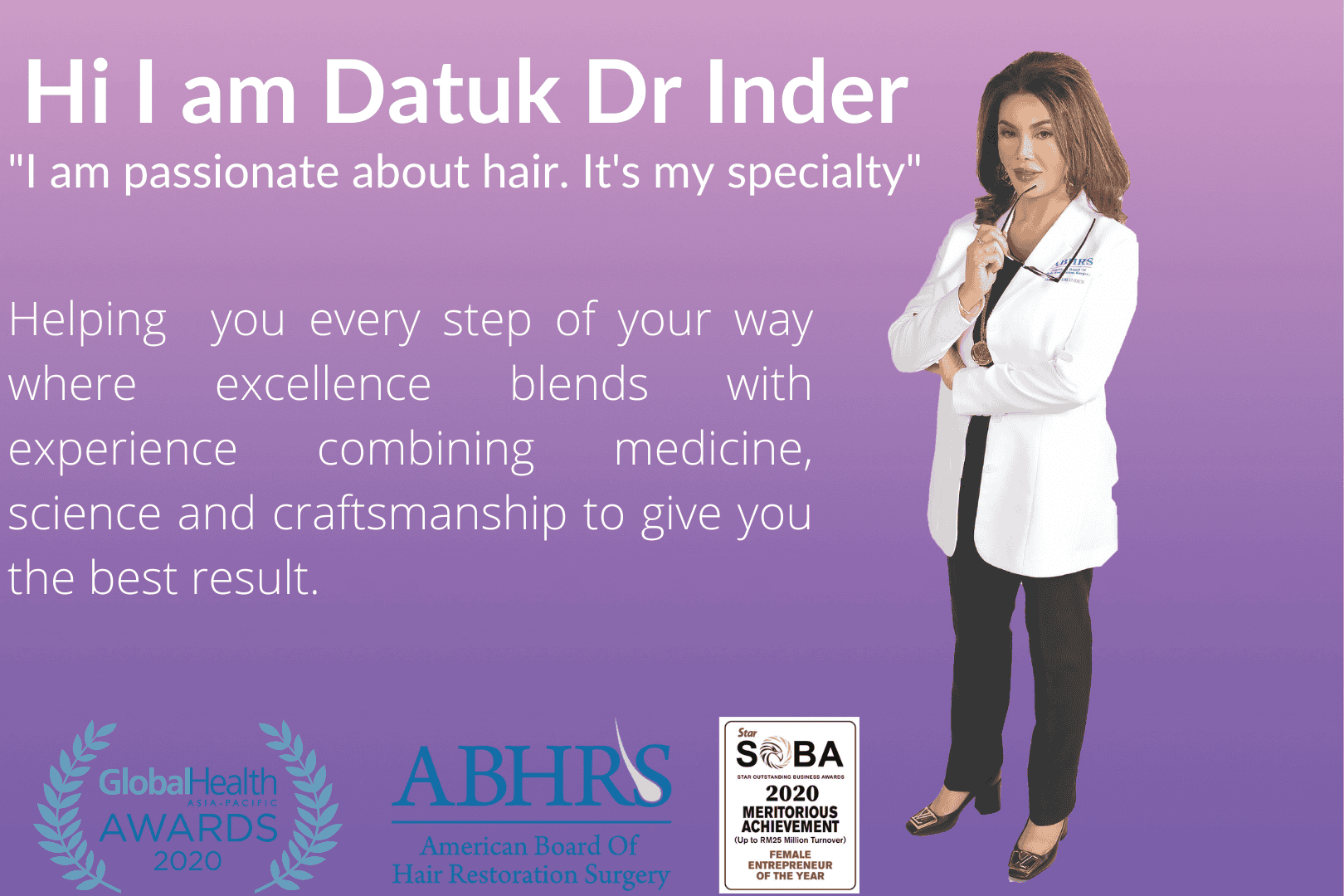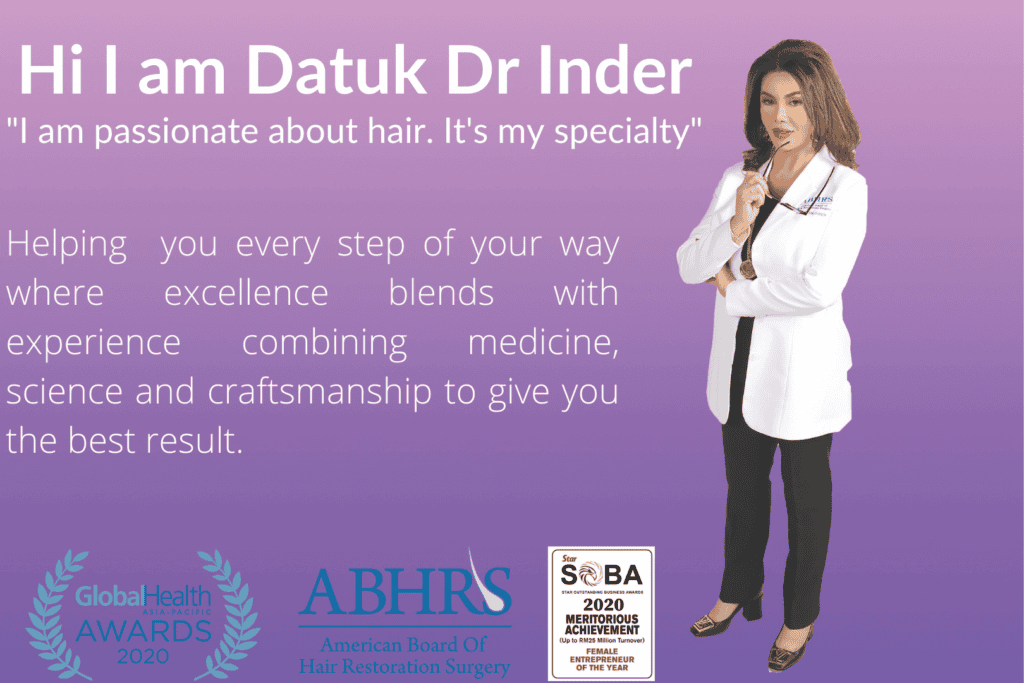Androgenetic Alopecia: What are the Treatment Alternatives (Part 1)
Androgenetic alopecia, often known as male- or female-pattern baldness, is caused by a genetic predisposition. According to the American Hair Loss Association, it’s responsible for nearly all male pattern baldness (about 95% of cases). Androgenetic alopecia, which is sometimes spelt incorrectly as “androgenic” alopecia, affects a significant number of women.
It’s crucial that you get the help you need. Hair regeneration may be stimulated in a variety of ways, and you may find that one method works better for you than another. In this first in a multi-part series, we’ll examine this topic.
Let us call you

Androgenetic Alopecia: Topical Treatments
Treatments may vary depending on the severity of hair loss. Rogaine, or topical minoxidil, is often recommended as a first-line therapy for androgenetic alopecia, especially in the early stages of hair loss.
The American Academy of Dermatology (AAD) reports that minoxidil successfully promotes hair growth and stops further hair loss. You’ll need to utilise it regularly for three to six months to notice any improvement. When your hair starts to grow back, continue using minoxidil as advised or it will thin out again.
The use of minoxidil is recommended to be twice a day on a dry scalp if you want to regrow hair. Over-the-counter minoxidil is available in both men’s and women’s formulations. Experts believe that anything less than a 5% formula won’t be effective. Avoid getting it on your forehead or above your lips while applying it at home, as well as any other areas where you don’t want hair to grow.
Androgenetic Alopecia: Oral Medications
One advantage of topical minoxidil is that it may be purchased without a prescription. However, the topical isn’t for everyone because of its sticky and unpleasant sensation. Another possibility? For both men and women, it is recommended to try a modest dosage of oral minoxidil. Since oral minoxidil isn’t officially recognised by the U.S. Food and Drug Administration (FDA) to treat hair loss, a doctor’s prescription is required before it may be taken. Instead, it is licensed to treat hypertension (though the American Heart Association recommends saving it for extreme situations).
When prescribing oral minoxidil off-label, female patients often receive a dosage that is a quarter to a half that given to male patients twice a day. The effectiveness of this medication is enhanced when it is coupled with topical preparations. When used early on, oral minoxidil can do wonders, with or without topicals.
Finasteride, sold under the trade name Propecia, is another FDA-approved oral alternative for treating hair loss in males and is more tried and true than oral minoxidil. Browning notes that because this medicine might cause birth abnormalities, it is often only prescribed to postmenopausal women. Both oral minoxidil and Propecia are available off-label for the treatment of hair loss in the latter situation.
Spironolactone, another oral prescription, may be an option for women, as it suppresses androgens and promotes hair regeneration and density. This medication is also commonly prescribed by dermatologists for the treatment of acne, so if you suffer from both conditions you may only need to take one pill.
We, at Hair Transplant Centre Malaysia take pride in
being one of the best clinics to give effective treatment for hair loss in Malaysia.

Androgenetic alopecia, often known as male- or female-pattern baldness, is caused by a genetic predisposition. According to the American Hair Loss Association, it’s responsible for nearly all male pattern baldness (about 95% of cases). Androgenetic alopecia, which is sometimes spelt incorrectly as “androgenic” alopecia, affects a significant number of women.
It’s crucial that you get the help you need. Hair regeneration may be stimulated in a variety of ways, and you may find that one method works better for you than another. In this first in a multi-part series, we’ll examine this topic.
Topical Treatments
Treatments may vary depending on the severity of hair loss. Rogaine, or topical minoxidil, is often recommended as a first-line therapy for androgenetic alopecia, especially in the early stages of hair loss.
The American Academy of Dermatology (AAD) reports that minoxidil successfully promotes hair growth and stops further hair loss. You’ll need to utilise it regularly for three to six months to notice any improvement. When your hair starts to grow back, continue using minoxidil as advised or it will thin out again.
The use of minoxidil is recommended to be twice a day on a dry scalp if you want to regrow hair. Over-the-counter minoxidil is available in both men’s and women’s formulations. Experts believe that anything less than a 5% formula won’t be effective. Avoid getting it on your forehead or above your lips while applying it at home, as well as any other areas where you don’t want hair to grow.
Oral medications
One advantage of topical minoxidil is that it may be purchased without a prescription. However, the topical isn’t for everyone because of its sticky and unpleasant sensation. Another possibility? For both men and women, it is recommended to try a modest dosage of oral minoxidil. Since oral minoxidil isn’t officially recognised by the U.S. Food and Drug Administration (FDA) to treat hair loss, a doctor’s prescription is required before it may be taken. Instead, it is licensed to treat hypertension (though the American Heart Association recommends saving it for extreme situations).
When prescribing oral minoxidil off-label, female patients often receive a dosage that is a quarter to a half that given to male patients twice a day. The effectiveness of this medication is enhanced when it is coupled with topical preparations. When used early on, oral minoxidil can do wonders, with or without topicals.
Finasteride, sold under the trade name Propecia, is another FDA-approved oral alternative for treating hair loss in males and is more tried and true than oral minoxidil. Browning notes that because this medicine might cause birth abnormalities, it is often only prescribed to postmenopausal women. Both oral minoxidil and Propecia are available off-label for the treatment of hair loss in the latter situation.
Spironolactone, another oral prescription, may be an option for women, as it suppresses androgens and promotes hair regeneration and density. This medication is also commonly prescribed by dermatologists for the treatment of acne, so if you suffer from both conditions you may only need to take one pill.


